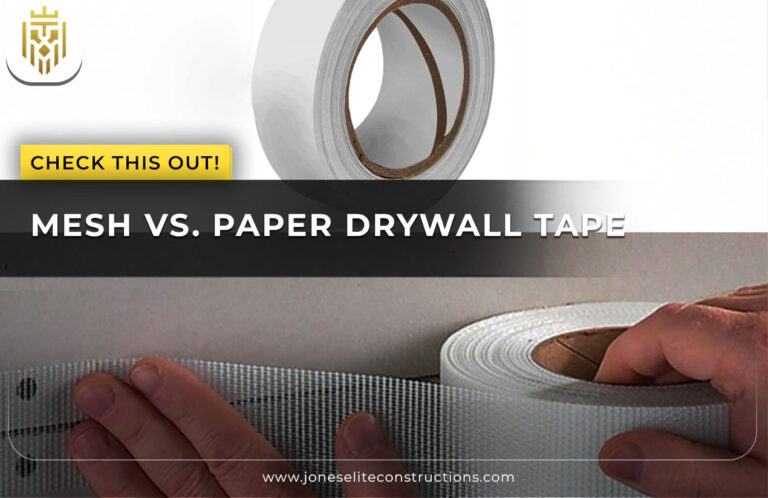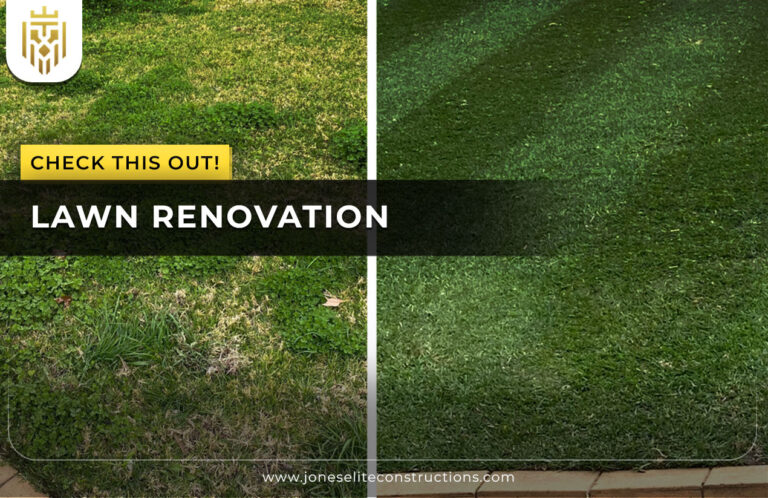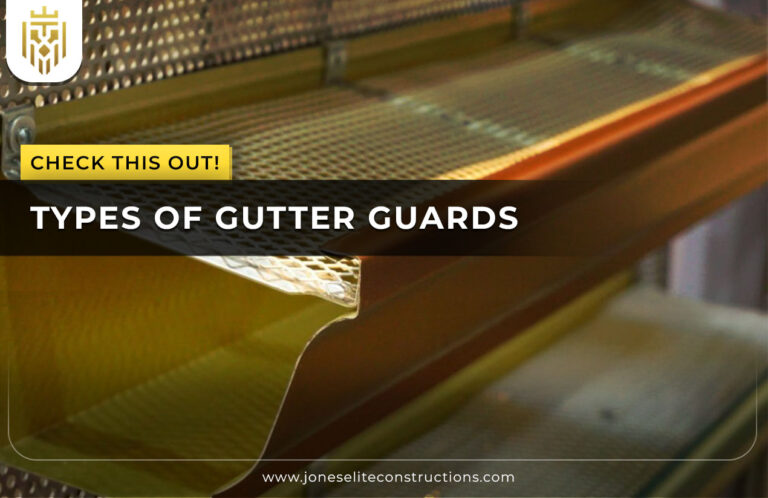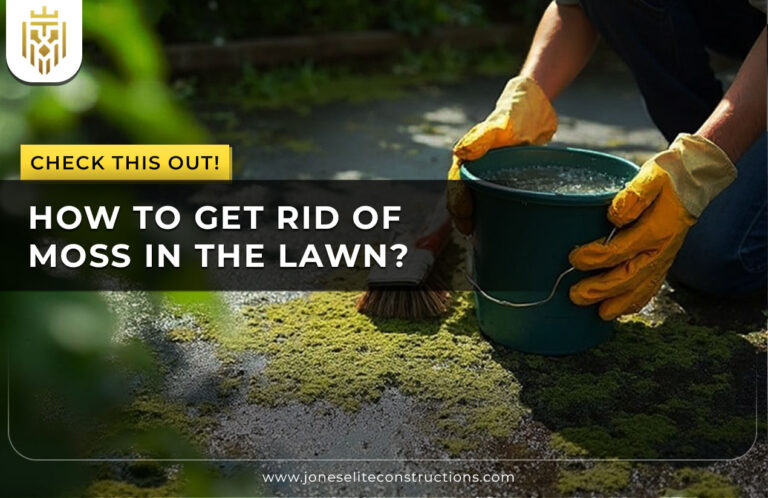What are roofing shingles?
Roofing shingles comprise one of the most widely used materials for covering and protecting roofs. They are manufactured in different materials, patterns, and colours, providing both function and charm to homes and buildings.
Shingles are laid in overlapping rows, which create a weather-beaten cover to protect the roof from rain, wind, and other environmental elements. Asphalt, wood, metal, and composite roofing shingles offer durability, versatility, and easy installation, which cater to the needs of contractors and homeowners.
Types of Roof Shingles

There are several types of roofing shingles available, each designed to suit different climates, budgets, and architectural styles. Understanding the differences between them will help in selecting the best option for a long-lasting and visually appealing roof.
Asphalt Shingles
Asphalt shingles are the most commonly used roofing material due to their affordability, ease of installation, and wide variety of styles. They are made from a fibreglass or organic mat coated with asphalt and mineral granules, providing protection against weather conditions and UV rays.
-
3-Tab Shingles
3-tab shingles are a classic, low-cost choice with a flat, uniform look with three cut-out tabs per shingle strip. They are lightweight and simple to install and have a life expectancy of around 20 to 30 years. However, compared to other types of asphalt shingles, they are less durable.
-
Architectural Shingles
Architectural shingles (also known as dimensional or laminated shingles) boast a thicker, textured design that strives to imitate wood or slate. They are durable, have enhanced wind resistance, and have an estimated life expectancy of 50 years, making them a popular upgrade from standard 3-tab shingles.
Wood Shingles
Wood shingles create an abode structure through natural porosity that allows cedar, redwood, or pine to characterise rustic qualities. Non-precious and ready for insulation, wood shingles are friendly to the environment. Regular checking and cleaning of the wood shingles throughout the lifetime of the house construction is needed to prevent mildew, rot, or insect attacks. However, wood shingles can add to the lasting value of a house creation for decades.
Metal Shingles
This type of shingle takes the toughness of metal roofing, and then it is made to look like a shingle. There are available types of metal shingles: aluminium, steel, and copper. They resist fire, wind, and other extreme weather conditions excellently. They have lightweight and high energy-saving costs, making these metal shingles a long-term roofing solution for more than 40-70 years.
Slate Shingles
Slate shingles, an expensive type of roofing material made out of natural stone slab stones, radiate an everlasting and elegant look. These are extremely durable and non-flammable and might last more than 100 years with little maintenance. It has to be said that slate shingles are heavyweight; hence, they have to be kept in a strong roof structure for support, making professional installation a necessity.
Clay and Concrete Tiles
Clay and concrete tiles are ideal for Mediterranean and Spanish types of structures for their view and durability. These types of roof shingles are fire, insect, and rotting resistant and are long-term investments. They have heavier weights than other types of roofing because they may need a reinforced roof structure.
Composite Shingles
These are shingles made from composite synthetic materials – rubber, plastic, and recycled constituents – to imitate wood, slate, or asphalt shingles. In regard to durability, weather resistance, less maintenance, and eco-friendliness, composite shingles are outstanding alternatives to natural products.
Solar Shingles
Solar shingles combine the properties of a protective roof and energy-generating solar panel. They are designed to seamlessly blend with standard shingles and convey a rather sleek and modern appearance to the house while also helping to enhance energy efficiency. They are more expensive and therefore help save on electricity bills in the long run.
Rubber Shingles
Rubber shingles are composed of recycled rubber and resins from plastic, providing an eco-friendly and impact-resistant option for roofing. Besides being lightweight, they are very durable and stand up well to extreme weather conditions, thereby being an excellent alternative for roofing homes located in weather-sensitive areas.
Benefits of Roofing Shingles

Roofing shingles provide numerous advantages, making them one of the most popular roofing choices for residential and commercial properties.
-
Durability and Longevity
Good-quality roofing shingles like architectural asbestos shingles, slate shingles, or metal shingles should withstand severe weather, UV rays, and impact damages. With good building and maintenance, they can go for decades for protecting a house against anything.
-
Weather Resistance
Shingles are built to resist many different forces of nature, such as rain, wind, snow, or hail. The surface of many roofing shingles features a weather-resistant coating, as well as their resistance to wind uplift, preventing damage during a storm.
-
Energy Efficiency
Metal and solar shingles are two types of roofing shingles that actually help energy efficiency by working to reflect heat away from the house or work to generate electricity. Energy-efficient shingles can work to diminish the amount spent on cooling in the summer and thus improve energy savings.
-
Provides Aesthetic Appeal
There are lots of colours, textures, and styles available with roofing shingles, so homeowners can obtain just the right look for their homes. Whether choosing a simple yet classic asphalt shingle or an upscale slate design, shingles add to the beauty of the house.
-
Easy to Install and Maintain
Shingles are among the easiest roofing materials to install and maintain. The types of shingles are pre-cut, facilitating speedy installation, while maintenance activities on all types of roofing are easy to adopt and ensure the system serves long and performs optimally.
How to Install Roof Shingles?

Proper installation of roof shingles is crucial to ensuring durability and weather resistance. While professional installation is recommended, understanding the process can help homeowners make informed decisions about their roofing project.
-
Prepare the Roof
First, the entire roof is prepared, cleaned and inspected for rotten and damaged parts. A waterproof underlayment is laid over the roof deck to keep moisture and leaks out.
-
Install the Starter Strip
A starter strip is placed along the edge of the roof to serve as a base layer of shingles and to avoid wind damage: the first row of shingles becomes secure to the roof and gives it a better hold while improving overall stability.
-
Lay the Shingles
Shingles are installed in overlapping rows, top to bottom or upside down. Nail every shingle according to the manufacturer’s directives, ensuring its proper alignment and raft-like spacing with premium-quality weather resistance.
-
Install Flashing and Ridge Caps
These complete touches are given to the roof for their ultimate durability and weathering strength. Flashing will be applied to avoid leakages from chimney, vent, and valley; ridges, at the peak of the roof, provide a final appearance and added protection.
-
Inspect and Clean Up
The roof is then subjected to inspection for any eventuality arising from misalignment or loose shingles, and the area is cleaned of debris, and any remnant materials are properly disposed of to leave a clean and secure roofing installation.
FAQs
1) What are roofing shingles?
Roofing shingles are individual overlapping roofing materials that protect a home from weather damage. They are available in various materials, such as asphalt, wood, metal, and slate, offering both functionality and aesthetic appeal.
2) What are the Different Types of Roof Shingles?
The various different types of roof shingles available in the market today include asphalt, wood, metal, slate, clay, composite, solar, and rubber shingles, and each type has unique advantages and is best suited to different climatic and aesthetic preferences.
3) What are the advantages of roof shingles?
Roofing shingles are durable, can withstand weather conditions, help in energy efficiency, are beautiful, and are easy to install and maintain. There are numerous styles and materials available for beautiful and creative roofing solutions.
4) How to Install Roof Shingles?
The process of installing roof shingles involves preparing the roof, laying a starter strip, installing the shingles in overlapped rows, applying flashing and ridge caps, and performing the final inspection. Good installation provides a durable and long-lasting roof.









